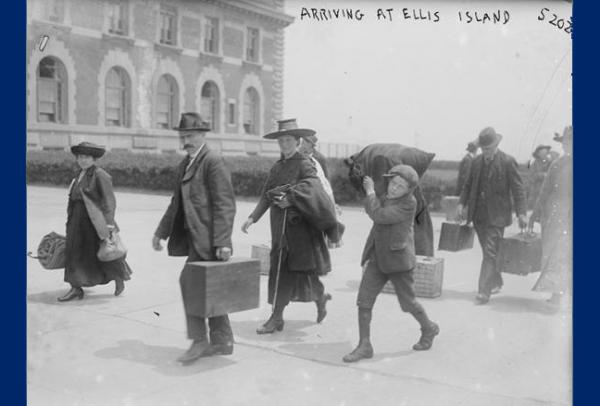Why did they come?
If there is one truth, it is that no one leaves a home they love unless they have to do so. This was as true in the 19th century as it is today. The forces that create the need to leave haven't changed either. Economic distress, religious persecution, fear of violence and war, disease, and political oppression are still key reasons for immigration today. The first European settlers in the Upper Peninsula were not Yankees but rather French voyageurs and traders who came as part of the fur trade. Their descendants would come to the U.P. in the 19th century in search of greater opportunities as part of the logging and mining boom.
The Yankee settlers of the U.P. were involved mostly in empire building but in order to create their mines and associated operations, they needed workers. The 1840s was a challenging time for laborers in the British Isles because of poor wages, living conditions and few opportunities for advancement. Miners in Cornwall, Wales and other parts of the United Kingdom saw financial opportunities in America that they couldn't imagine at home. These would be the first European workers to come to the Upper Peninsula to work these operations. They were followed by the Irish, who had even greater problems associated with famine and religious and political oppression.
With each decade, new nations of immigrants flooded into the U.S. and the U.P. from Scandinavia, Germany, Poland, Italy, Slovenia, Montenegro, Austria, and almost every nation in Europe. They came not just for work and financial advancement but also for the freedoms that America promised which were out of touch in a continent still dominated by the aristocracy.
Image courtesy of the Library of Congress
